China covers a vast territory, and customs vary from place to place, so Chinese New Year treats differ slightly in different regions. These traditional Chinese New Year desserts enrich Chinese culture and are also an essential food during the Chinese New Year. Now let's find out what desserts are eaten for the Chinese New Year. You may get some Chinese New Year dessert ideas and Chinese New Year dessert recipes.
1. Nian Gao
Chinese New Year dessert nian gao is also called "New Year cake" or "rice cake", which is one of the popular lucky desserts for Chinese New Year. If you plan a tour to China around or during Chinese New Year, you should be able to buy rice cakes in food shops, food stalls, and supermarkets. The rice cake is usually made of glutinous rice flour and made to be sticky by steaming. Chinese people will add fillings such as red dates, red beans or bean paste according to their preferences to make the rice cake taste richer. Nian Gao, also known as "Nian Nian Gao" (年年糕), sounds similar to "Nian Nian Gao" (年年高) in Chinese. So, the rice cake means "rising year after year". Chinese people express their good expectations for their career, study, and life in the new year by eating rice cakes. The round rice cake also symbolizes reunion and unity. There are many types of rice cakes, and different regions have different flavors and methods to make it. The more famous rice cakes are lard rice cake and osmanthus rice cake in Suzhou, and Shuimo rice cake (水磨年糕) in Ningbo.
2. Fa Gao
Besides nian gao, do you know what is the cake snack for Chinese New Year? It is Fa Gao, which is also known as “steamed sponge cake” in English. This kind of Chinese New Year cake is made of glutinous rice as the main raw material, and glutinous rice wine is added in the production process and fermented. When making steamed sponge cake, you can add different ingredients according to your personal taste, such as brown sugar, red dates, etc. The cake tastes sweet but not greasy and has a soft texture. In Chinese culture, steamed sponge cake is often regarded as an auspicious food. The word "fa" (发) in the cake means wealth and prosperity in Chinese. The word "gao" (糕) also represents the Chinese people's wishes for success, just like the nian gao. In some local dialects, "Fa gao" and "Fu Gao" (福高) are homophonic, symbolizing luck. In the folk culture of some parts of China, people will make steamed sponge cake on the day of moving to their new homes, and invite relatives and friends to have a meal and eat steamed sponge cake.
3. Tangyuan
Tangyuan (汤圆), a kind of Chinese New Year desserts, is popular in southern China, especially during the Lantern Festival. Tangyuan is also called “sweet soup balls” and “rice dumpling” in English. Tangyuan is a kind of glutinous rice ball made of glutinous rice flour. It is usually cooked in hot water or soup and eaten with sweet soup. Tangyuan, as round as a ball, symbolizes a complete family. Eating dumplings also means family reunion and happiness during Chinese New Year. In northern China, Tangyuan is called Yuanxiao (元宵). For more details on the difference between Tangyuan and Yuanxiao, please see this article on Chinese New Year Food.
4. Sesame Seed Balls
Sesame seed balls are mainly made of glutinous rice flour. Knead small pieces of dough into balls, then roll the dough balls in sesame seeds to coat their surface with sesame seeds. Finally, the sesame seed balls covered with sesame seeds are deep-fried until they turn gold. According to your taste, you can also add some red bean paste. You can find sesame seed balls at fried food stand on the streets. The breakfast vendors also sell them as a kind of breakfast, like fried bread stick. If you eat at a restaurant or tea house, you can also order sesame seed balls for dessert.
5. Eight Treasure Rice Pudding
Eight treasure rice pudding is a must-eat dessert for the Chinese New Year. In Chinese culture, "eight" is a lucky number that sounds similar to the word "fa" (发) and symbolizes wealth in Chinese. The list of "eight treasures" in eight treasure rice pudding is never fixed, but red dates, longans, lotus seeds, and various beans are common ingredients in eight treasure rice pudding. Eight treasure rice pudding's various ingredients make it look colorful. The glutinous rice of eight treasure rice pudding needs to be mixed with oil, and then red dates, lotus seeds, melon seeds, red beans, longan, and other ingredients are added. These ingredients not only have rich nutritional value, but also symbolize good wishes such as auspiciousness, reunion, happiness, and health.
6. Fried DoughTwists
Fried dough twists are a traditional Chinese fried pasta. Fried dough twists are usually made by twisting two or three strip dough together and then frying them. As one of the Lunar New Year desserts, fried dough twists are distinguished by its distinctive spiral shape and crunchy texture. As fried dough twists are twisted together, it is also given a good wish that families get together. Tianjin fried dough twists are very famous in China and are also a local specialty. In the streets and alleys of Tianjin, you can always find stalls selling fried dough twists. Among them, 18th Street Fried Dough Twists is a century-old twist shop opened on 18 Street, Dagu South Road, Tianjin. The 18th Street Fried Dough Twists has formed its own characteristics through repeated exploration and innovation. When the 18th Street Fried Dough Twists are made, a crisp filling containing osmanthus, peach kernel, sesame, and other materials is added to make their fried dough unique.
7. Walnut Cookies
Walnut cookies are a popular Chinese New Year dessert to buy. The crispy and sweet walnut cookies will make you lick your lips. In traditional Chinese culture, walnut cookies symbolize a healthy and long life in the new year. Walnut cookies are mainly made of walnuts and flour. Mix flour, sugar, lard, and beaten egg together, knead into dough, and then divide and flatten them into the shape of cakes. When making walnut cookies, you can add walnuts, sesame, and other fillings,and you can also sprinkle sesame on the surface of the walnut cookies. Brush a layer of egg liquid on the surface of the walnut cookies and bake them in the oven until golden brown.
8. Candies
The Chinese New Year sweets tray is a dish on which sweets are placed. Not only can you eat it at home, but you can also serve it to guests. In ancient times, sweet tray (also known as packed box “攒盒”) mostly had three, five, or nine compartments. The more compartments there are, the higher the status of the owner. In ancient times, nine compartments were reserved for the royal family. Taking a nine compartments sweet tray as an example, melon seeds are usually placed in the middle of the box. Eight compartments around each place eight desserts, such as sugared lotus root, sugar water chestnut, sugar wax gourd, sugar lotus seed, sugar carrot, sugar citrus, sugar coconut shred, sugar coconut meat. Different desserts have different meanings. The modern Chinese New Year sweets tray no longer follows the rules of the ancient sweets tray, and the sweets in it can be increased or decreased according to your preference. You can add your favorite sweets such as chocolate, candy, nuts, etc.
9. Sunflower Seeds
Every Chinese New Year, the fragrance of melon seeds is indispensable in Chinese families. It is not only a snack for leisure time, but also plays an important role during Chinese New Year. Sunflower seeds and pumpkin seeds are popular. Family members sit together, drinking tea and eating sunflower seeds at the same time. Eating sunflower seeds during Chinese New Year means more money, more children, and more happiness.
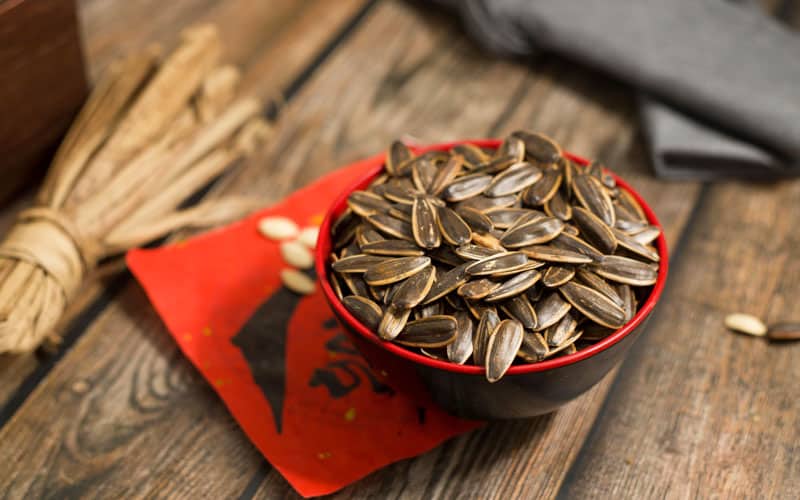
10. Peanut Candy
Peanut candy is a common way of eating peanuts. In China, peanuts are given the symbolic meaning of good luck and longevity. Peanuts, in Chinese, have the homophone “好事花生”, which represents “good things happen”. Traditional peanut candy is made of peanuts and sugar. You need to boil the sugar into syrup, and then mix the peanuts with the boiled syrup so that each peanut can be coated with syrup. Then put the peanuts covered in syrup into a mold and press. After the syrup has completely cooled down, cut the peanut candy into blocks of an appropriate size and serve.
11. Crunchy Rice Candy
Chinese people take crunchy rice candy as one of the Chinese New Year desserts, and share it with family and friends, passing on the blessing and joy of the Chinese New Year. Crunchy rice candy is mainly made from glutinous rice and white sugar. Glutinous rice needs to be steamed, dried, and then fried. The second step is to boil sugar, pour in fried rice, sesame, peanuts, etc, and fry them. Place the fried ingredients on a plate and press down. After cooling down, you can cut it into pieces and taste it. Making syrup requires some skill. If the syrup is too thick, it won't hold the rice. But if the syrup is too thin, it will stick to your teeth. Rose rice candy from Jiangjin area is very famous and is one of the famous specialty snacks in Chongqing.
12. Fried Rice Cake
Fried rice cakes are a special dessert for Chinese New Year in Guangdong Province. Generally, fried rice cakes are made of rice flour and sugar. There are usually some patterns or auspicious characters such as Fu (福) and Lu (禄) on the cake. Yangjiang fried rice cake is a well-known type and one of the four famous cakes in Guangdong. When you make fried rice cakes, you need to fry the uncooked rice until golden brown, but don’t overfry it. So you need to have a good handle on the heat. Then grind the fried rice into rice flour. The fineness of the rice flour will affect the taste. Add sugar, sesame, peanuts, and other ingredients into the prepared rice flour, and mix well. You can adjust the ingredients slightly to your taste. Then put the rice flour with the mixed ingredients in a mold and press. Finally, put the fried rice cake into the oven to bake.
13. Stick Bean Buns
Sticky bean buns are a unique Lunar New Year dessert in northeast China. Every Chinese New Year, many people use sticky rice and red beans to make sticky bean buns as Chinese New Year snacks. In addition, sticky bean buns are also one of the offerings for ancestor worship and deity worship. In this way, people pray for their ancestors and gods to bless them every year. When making sticky bean buns, you need to mix glutinous rice flour with water to form a dough. Then, soak the red beans and green beans, etc., until soft and cook them. Wrap the bean filling in small dough and form it into a ball. Finally, put it into the steamer and steam until cooked. Making sticky bean buns is a family affair in northeast China because sticky bean buns are usually packed in large quantities at a time and stored. Making sticky bean buns is also a joyful moment for families.
14. Jujube Flower Cake
Jujube flower cake is not only a kind of Chinese New Year family dessert, but also a gift during Chinese New Year. Jujube flower cake is filled with red dates and shaped like a blooming flower, hence its name. You can taste the rich fragrance of jujube when you bite into it. Jujube flower cake takes a thin sheet of dough as the base. And many small pieces of dough are shaped and placed on top. Garnish with red dates afterward. Generally, jujube flower cake is composed of several layers of dough and red dates.
15. Sugar Rings
Sugar ring is one of the distinctive Chinese New Year's desserts in southern China, including Guangdong and Guangxi. The materials of the sugar ring are simple, and the process is not complicated. Just knead the glutinous rice flour into a dough. Take a small piece of dough, cook it in a pan, and then knead it with the original raw dough. Take a small piece of dough and knead it into a long strip to create several circular shapes. You can also use a mold for this step. Finally, fry the sugar rings in oil until they are golden and float. After seeing so many Chinese New Year desserts, why not take a China tour and try these Chinese New Year foods and desserts?
More about Chinese New Year
Introduction of Chinese New Year (When, How Long, Traditions, Superstitions)
How to Celebrate Chinese New Year: Day-by-Day Guide
12 Lucky Chinese New Year Food to Bring Luck and Prosperity

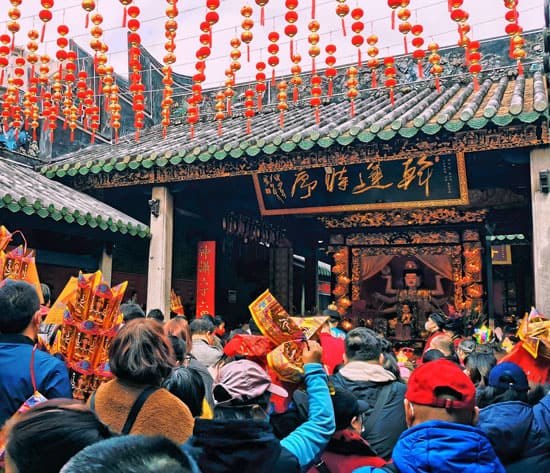
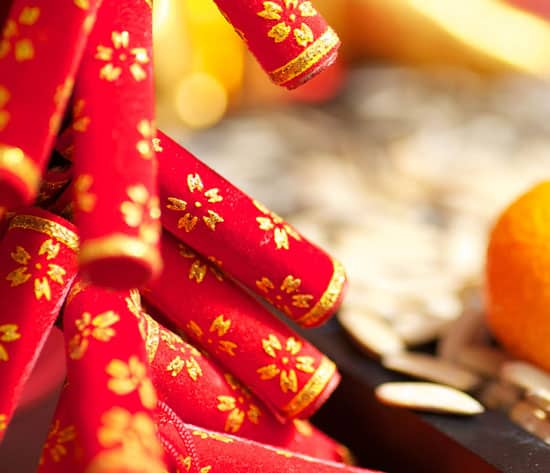
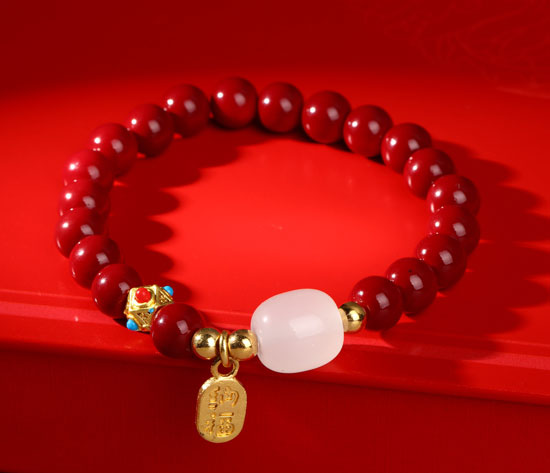

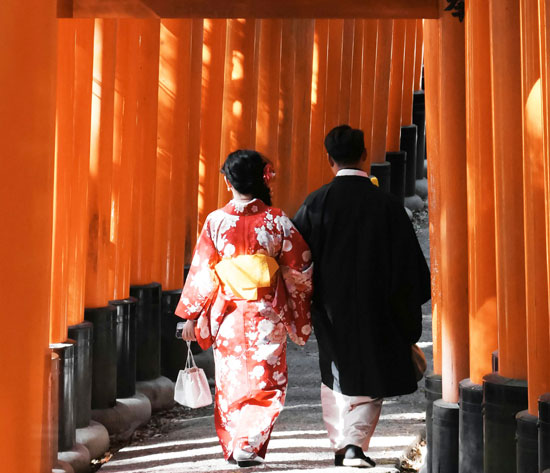
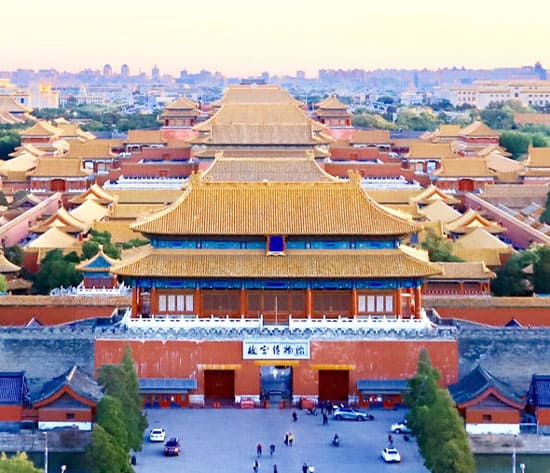
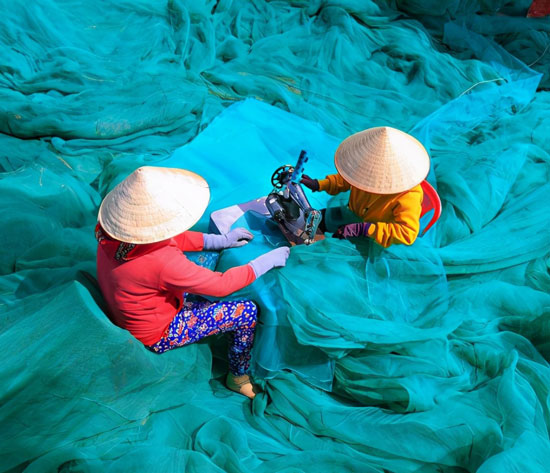

Have a Question?
You might see your comment appear on this page, but your email address and full name will not be published. Your personal information will remain confidential. Our Asia travel experts will get back to you as soon as possible. Required fields are marked *